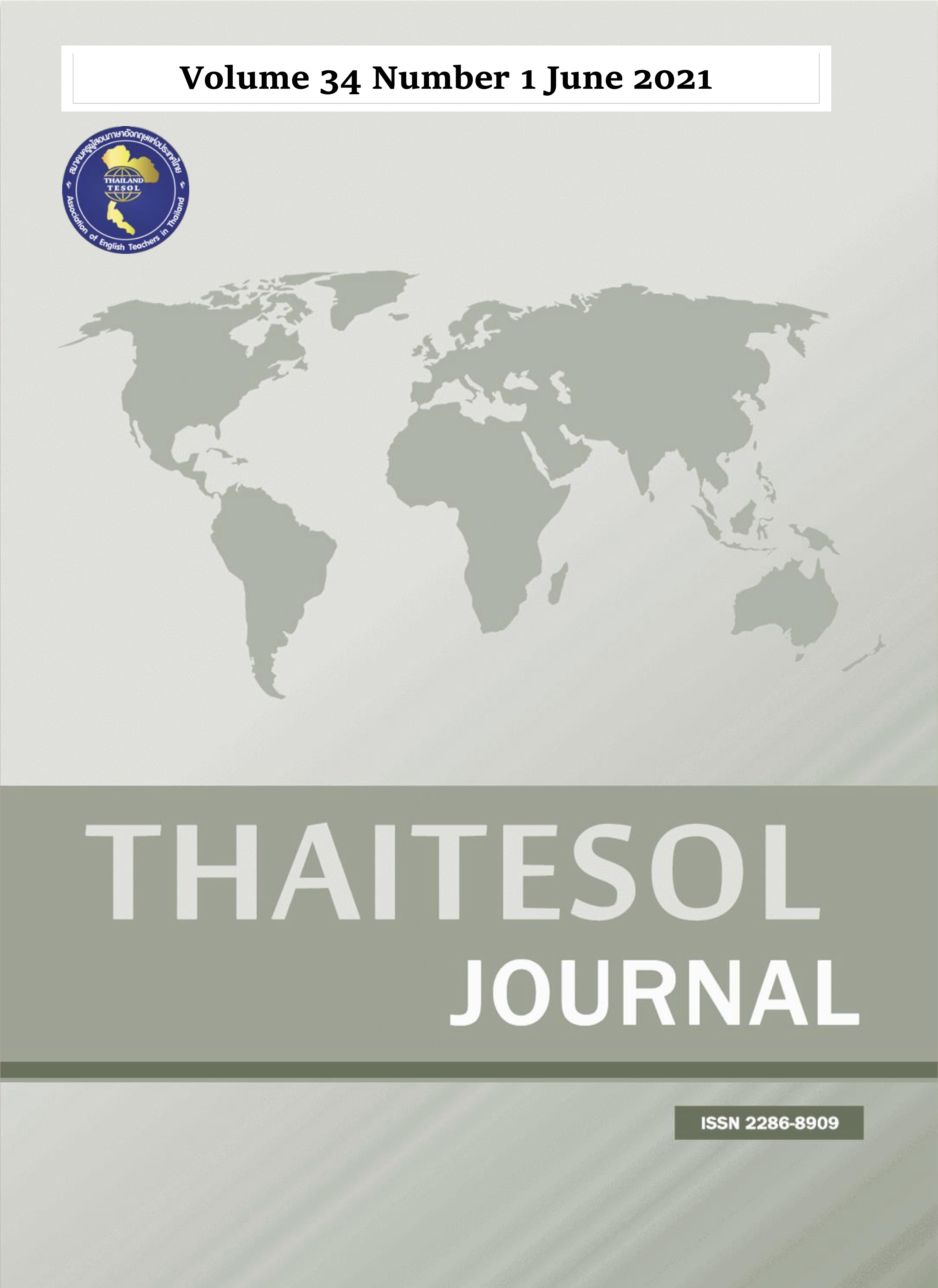Two Tenses: An Alternative to Teaching English Grammar Tense
Main Article Content
Abstract
The aim of this research is to investigate the effectiveness of teaching English grammar tense based on the concept of two English grammar tenses, past and present. The focus group is EFL/ESL learners of English. Prior research in the area of EFL/ESL teaching reveals that a number of teachers, linguists, and publishers of EFL/ESL texts claim that there can be anywhere from two to 16 tenses in English. However, in the sphere of traditional grammar teaching, a number of educators and linguists argue conversely that there are just two tenses, past and present, which work in conjunction with two other grammar concepts, aspect and mood. To investigate the effectiveness of teaching two tenses, third-year EFL/ESL undergraduate students from an international university in Thailand were observed during a real-time course. Ahead of comprehensive instruction and practice, the participants were given a pretest to evaluate their pre-existing knowledge of tense, aspect, and mood. Initial data showed that a majority of the participants had knowledge of 12 tenses with the “future tense” being among them. Initial results also showed that aspect and mood were relatively unfamiliar to the majority of the participants. At the end of the course, the participants were given a posttest which was identical to the pretest. The difference in data between the pretest and posttest showed that the majority of the participants now had a firm grasp of the idea behind two grammar tenses and how aspect and mood can be looked at as separate entities from tense. The overall results indicate that teaching English grammar tense based on two tenses is a viable alternative that could lead students to have a clearer understanding of English grammar tense and how it is interconnected yet separate from both aspect and mood.
Article Details
Materials in THAITESOL JOURNAL may be photocopied for educational purposes. Under no circumstances may any part of this journal be photocopied for commercial purposes.


